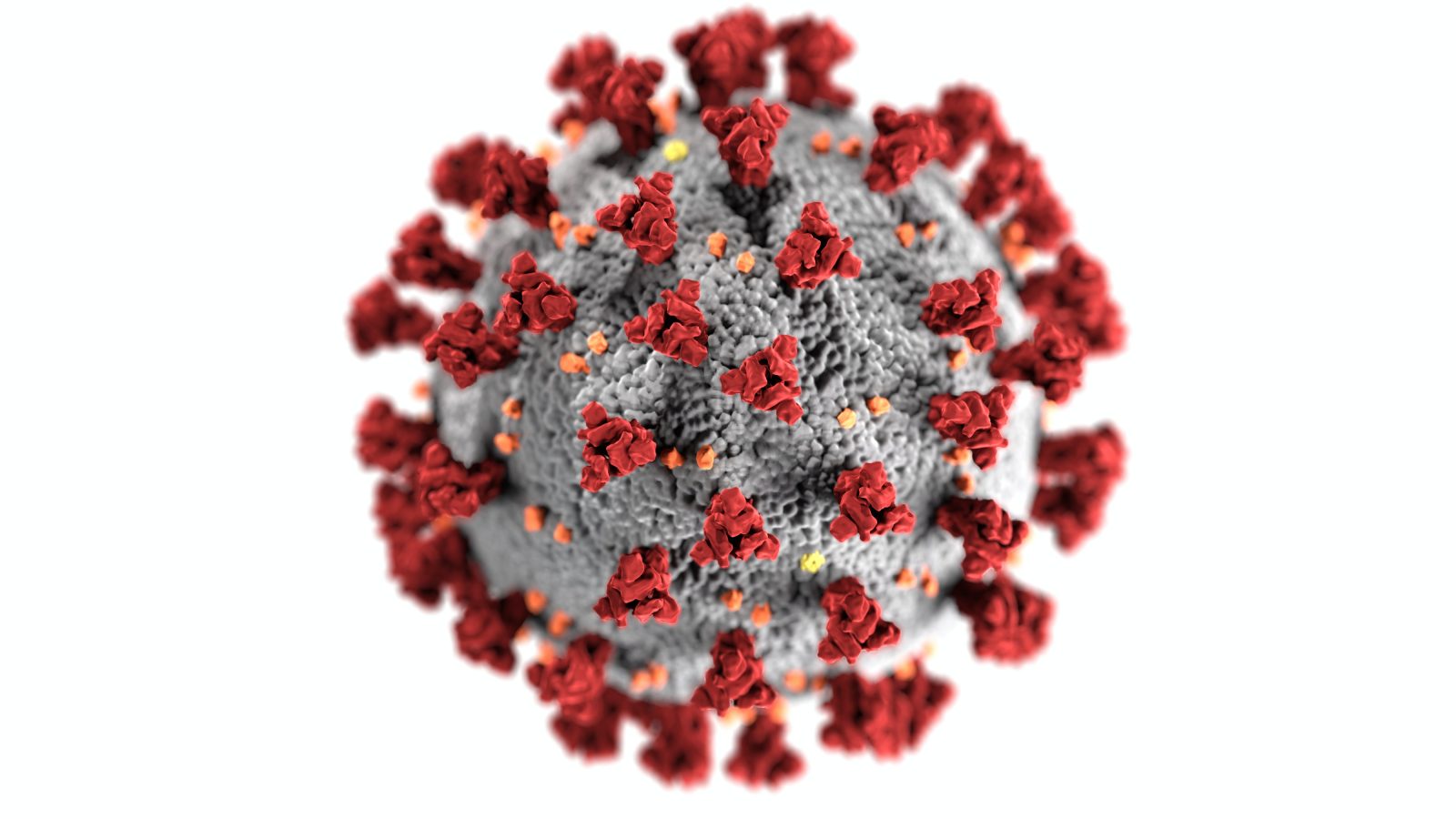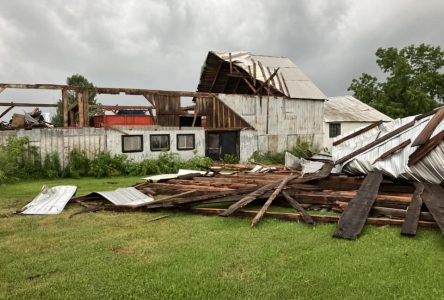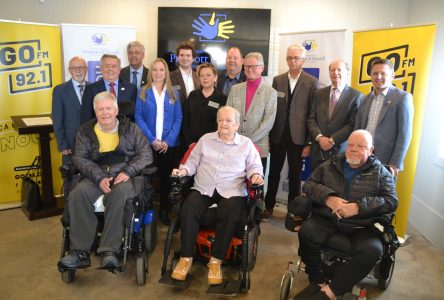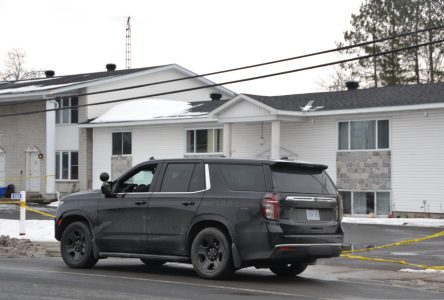The announcement brought the COVID-related death toll at the residence to nine, three weeks after an outbreak was first declared at the Hawkesbury facility. No new positive cases were reported at the residence on Friday, with 134 confirmed since October 9. Seventy-two cases – in 45 residents and 27 employees – were active, while another 53 – in 27 residents and 26 employees – had been resolved.
Prescott-Russell Residence COVID death toll rises to nine



